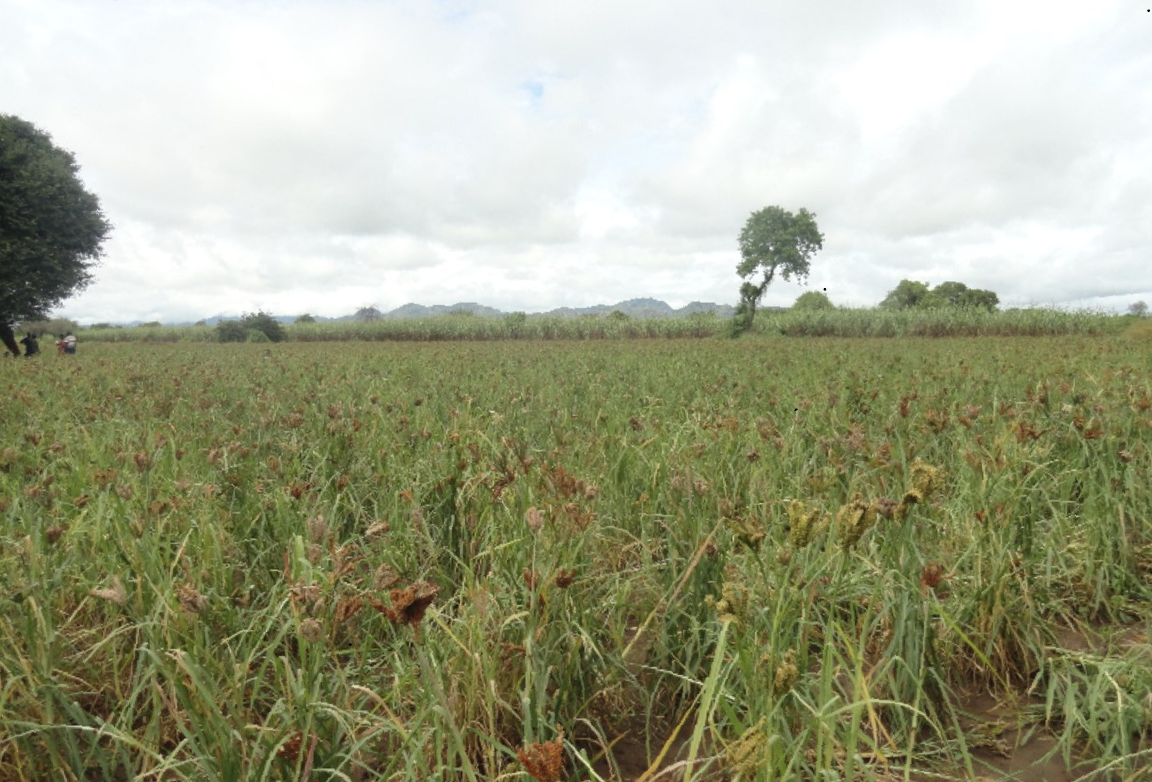As declared by the United Nations General Assembly, 2023 is the International Year of Millets. It has been a year dedicated to raising awareness about the nutritional and health benefits of millet and the superfood and staple crop’s suitability for cultivation in adverse climates. This initiative has encouraged international organizations, governments and individuals, led by the Food and Agriculture Organization, to promote the cultivation, consumption and trade of millet. Millets, often referred to as “nutri-cereals,” are a group of small-seeded grains that have been nourishing communities for centuries. Millets are packed with essential nutrients, including protein, fiber and micronutrients, making them a vital component of food security and nutrition programs. While rice and maize have replaced millets in many places, 2023 has been a year of global recommitment to the cultivation of millets, supporting biodiversity, meeting nutrition needs, and providing sustainable livelihoods for small-scale farmers. Rise Against Hunger supports investments in millet production and is working in partnership with communities in India and Mali to realize economic and nutritional benefits from the production of millets.
Rise Against Hunger India Supporting Millet Usage in Communities
Rise Against Hunger India is working in the Bargarh District, in the state of Odisha, to engage communities about the value of growing and processing indigenous millets. The Rise Against Hunger India team has been supporting growth by supplying tools and resources to local farmers in Farmer Producer Organizations (FPOs) for the scaling of the production and consumption of millets. The training on cultivation techniques and machinery provided supports more efficient post-harvest processing, enabling thousands of local farmers to increase their crop yields. FPO members have also been trained in marketing strategies, which have led to farmers securing higher prices. 
Nutritional and Economic Security Through Millets in Mali
Located in West Africa, Mali is a landlocked country with 18.5+ million inhabitants; over half suffer from food insecurity. Additionally, more than 65% of the population lives in rural areas and agriculture remains the basis of their livelihoods. But the agriculture sector in Mali faces numerous challenges, especially climate change-driven droughts and highly variable rainfall, which threaten economic and food security. The resilient millets grown in Mali, including pearl millet, finger millet and sorghum, can be cultivated in harsh conditions. This resiliency makes millet a staple crop in the country, especially in rural communities, and it is deeply woven into the cultural and culinary fabric of the nation. Millets are used in diverse dishes, including “tuwo,” a millet porridge, and “fonio” couscous. During the International Year of Millets, Mali showcases its rich agricultural traditions and the crucial role millets play in the lives of its people.

- Learn more about the International Year of the Millets from the FAO.
- Try your hand at some recipes using millet.
- Read this amazing news story about millet use in the United States.
- Check out #IYM2023 on X (Twitter) and Instagram to see what others are posting!


